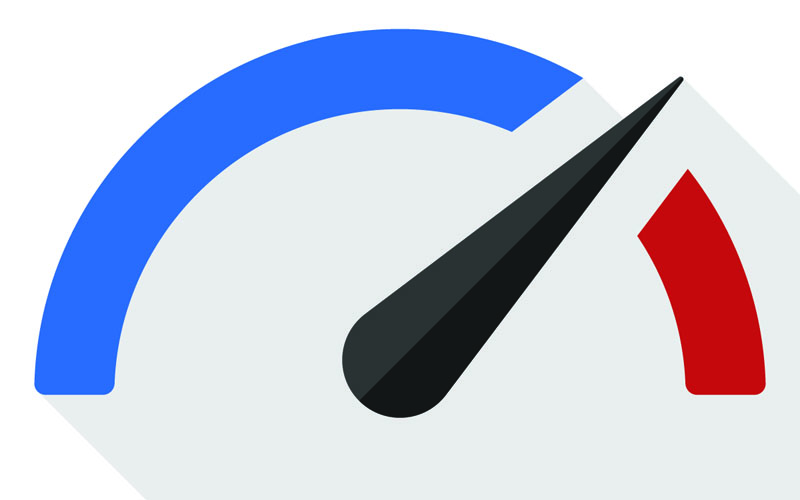One of the most important statistics that comes with websites is the amount of traffic the website receives. Once web user are on a website, it is important to make sure they stay on the
website, and this is something that often gets overlooked.
For example, if a website gains 100,000 visitors a month and has a pages/visit of 1.5, is it better for pageviews to increase the visitors/month by 10% or the pages/visit by 10%? Let’s find out:
- 100,000*1.1*1.5 = 165,000 pageviews/month
- 100,000*1.1*1.5 = 165,000 pageviews/month
Yes, it makes no difference. However, how much effort and time would it take to increase organic traffic by 10%, as opposed to pages/visit? Truth be told, you could increase your pages/visit almost overnight with a few simple changes. One of these is in making sure your website loads as fast as possible, to give web users little reason to exist or bounce away from your page. With this, here are some ways to improve the loading speed of a WordPress website.
- Cache plugin – A cache plugin, I have found, is the simplest and easiest way to improve the loading speed of a WordPress website. There are many free plugins out there that offer effective caching, but I choose the paid version of WP Rocket, since it has extra functionality to help reduce loading time.
- Optimize images -Images are heavy on data and reducing them is an effective way to reduce loading time. There are many plugins out there that compress images, without reducing image quality, to reduce the bytes required to load each image.
- Add LazyLoad to images – Lazy loading only loads images once the image appears above the fold of the page. This helps to reduce the loading time down significantly, as well as reduce the bandwidth of web users, which might help with their mobile data plans!
- Use Cloudfare – Cloudfare is an effective way to reduce your loading time, by pointing your servers to Cloudfare. With this, Cloudfare offer lots of different things which all help to improve the time taken for your website to load.
- Use a content delivery network (CDN) – A content delivery network, in essence, allows web users to download your web pages’ content on servers that are geographically located as close to them as possible. This, again, helps to reduce the load speed of your website, instead of sending requests across the world (which does add up, even though the requests are the speed of light)!
- Choose a fast host – If all else fails, you might need to review who your website is hosted with. There are good hosts, cheap hosts and fast hosts. With a quick search on the internet, you should be able to get an idea of what host is best for loading page speed.





